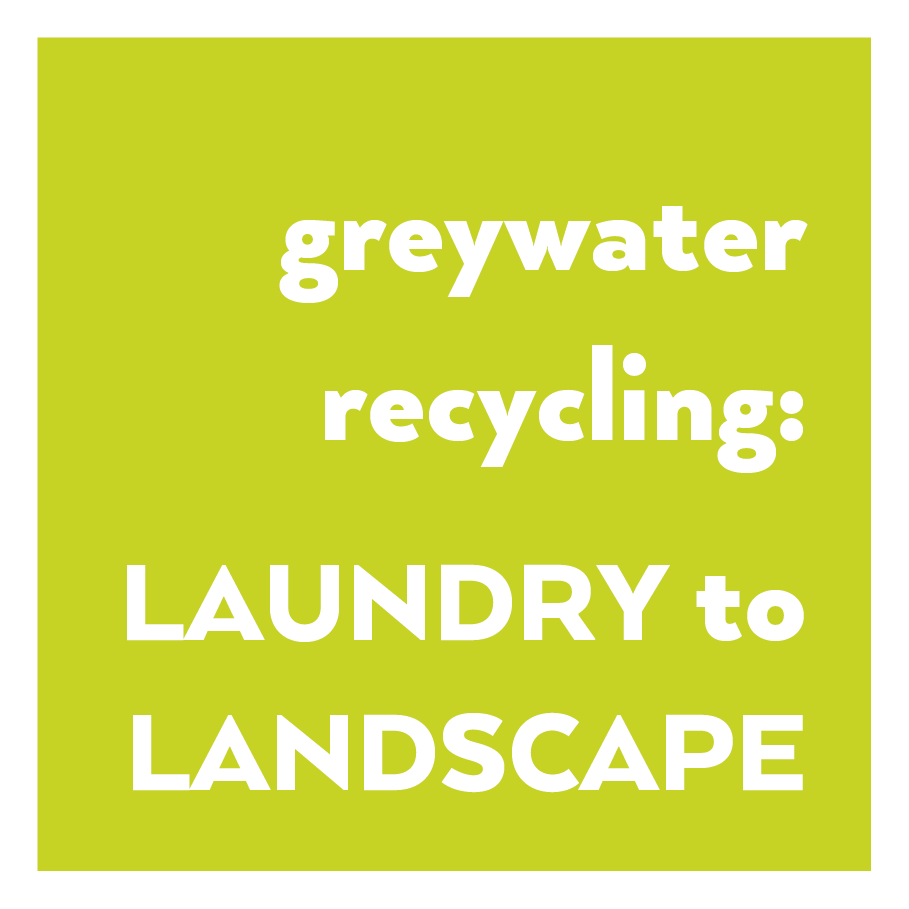Why Landscaping?
Green landscaping is a great way to invest in your home and immediately improve your home value. A well maintained yard also guarantees more return when it has matured in the future. According to PNW research, a mature tree can add $7,130 to your property value. Many typical suburban homes have enough yard space to plant 20 trees, which means homeowners who have the space but no trees are missing out on at least $142,600 of boosted resale value. The only cost is a bit of water, some seedlings, and one weekend of your time. Planting a tree is investing today for a better tomorrow in more than one way.
Why Do It Green?
Traditional yards in suburban homes are characterized by lawns, sprinkler systems, herbicides, and store bought fertilizer. While this has its place at times, the specific ways that relieve the environmental impact of backyards eliminate all of these typical suburban yard elements and create a healthier, more resilient, more productive, and less time consuming backyard. Herbicides are carcinogenic and are not conducive to edible gardening because the runoff can spread within a garden and the larger environment. Lawns are extremely water intensive and stifle biodiversity while store bought fertilizer reinforces a non-natural growth model that is not self-perpetuating. Sprinkler systems offer less resiliency against drought and boost water bills unneccesarily given established alternative recycled or collected water systems exist.
Green landscaping with diverse plants creates a micro ecosystem that is mutually beneficial. As you tend to your garden, your garden tends to you. Below are specific steps to take for green landscaping that can multiply the positive environmental impact, productivity, and effortlessness by setting up a natural garden system that fertilizes itself.
How To Go Green?
- Replacing your lawn, herbicides, and fertilizer with mulch and native plants is the first step to boost fertility and water retention. Lawns take time, a massive amount of water, reduce biodiversity, and reduce resilience against changing weather/disease.
- Installing a greywater laundry recycling system, rainwater catchment systems, or a deep well, all of which are linked to drip irrigation can ensure the long term source of hydration for a garden that reduces water costs and improves resiliency against drought.
- Setting up a compost system with food waste is one of the best ways to make your own local fertilizer and ensure the soil has a steady supply of micronutrients.
- Combining different heights and types of plants ensures roots enmesh with one another and can share nutrients between different plants. Plant a mix of root crops and ground cover to act as living mulch, herb plants to attract bees and use for cooking, taller shrubs like currants and berries, a medium height layer of shorter fruit and nut trees, a canopy layer of tall fruit and nut trees, and a healthy crop of vines incorporated into all layers. Studies have shown having only one type of crop will lead to roots competing for nutrients while having a diversity of these seven classifications of plants will borrow and share nutrients to support one another like one large organism.
- One of the most natural ways to jumpstart your garden is getting two chickens or ducks that can be fed all kitchen food waste, eat all pests, nitrogenate and fertilize the soil, till the soil by constantly scratching, act as a low maintenance compost system, and give a couple of eggs every day for breakfast.
- Incorporating fungi, which are genetically more similar to animals than plants, is a great option. They are nutrient recyclers that process carbon for other organisms to use and act as a natural compost system. They trade phosphorus and nitrogen with plants, who require this to grow, and in turn provide them with sugar. This creates a vibrant bloom of microscopic life in the soil, which supports immense natural and resilient growth pathways.

Interested in getting started with your garden with a greywater system? Download our Greywater booklet for all the information you need to create a greywater system at home. Written in partnership with DIG Cooperative, this booklet outlines the dos and don’ts of building a laundry to landscape system, including best practices.
For questions, please contact hello@zipcodeeastbay.com.
Discover more about green landscaping here, low effort self-sustaining mini food forests here, and converting your lawn into an edible garden here.
« Back to Blog Posts

